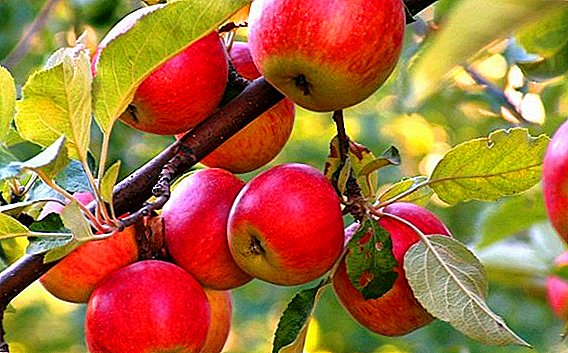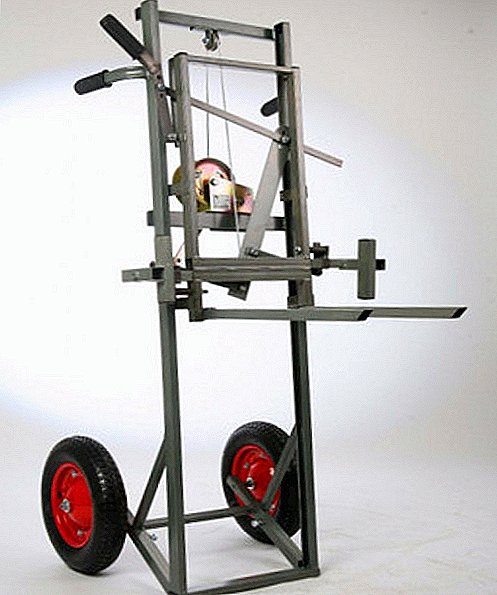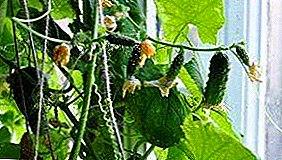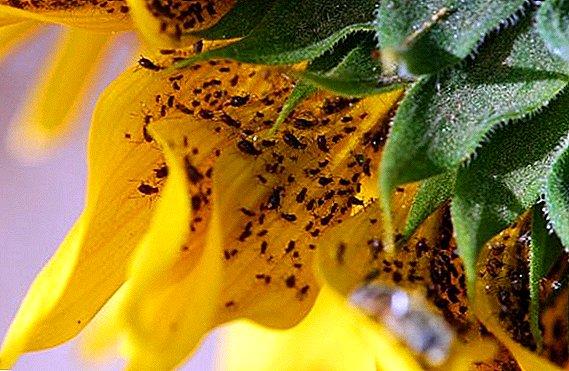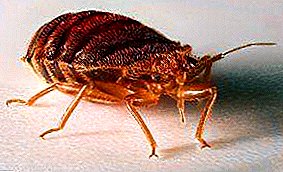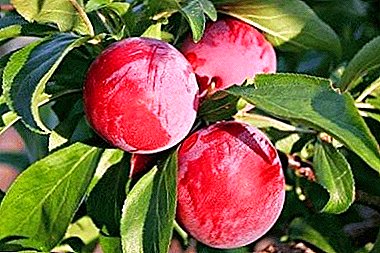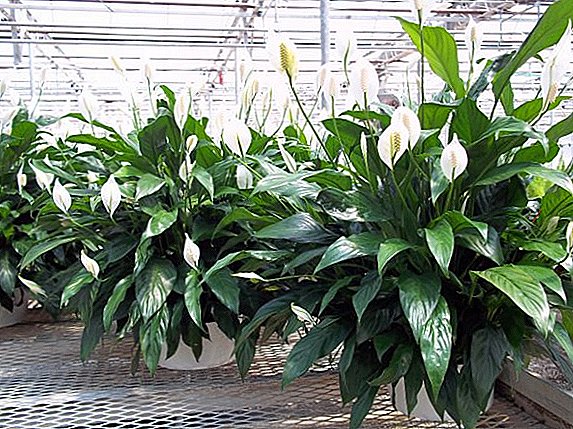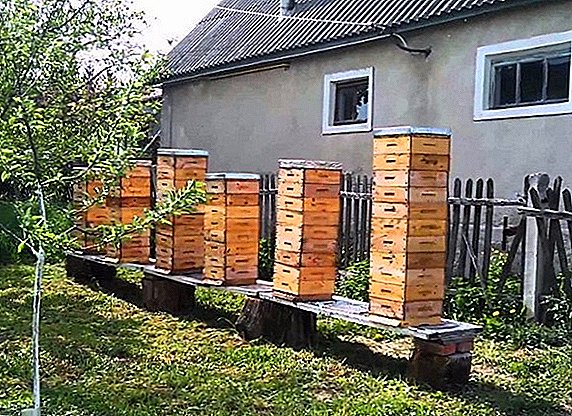 Any hive should create optimal conditions for the bees to live and increase productivity. This task copes alpine hive. In this article, you will learn what the “Alpine” is, and you will also find step-by-step instructions with a photo on how to make it yourself.
Any hive should create optimal conditions for the bees to live and increase productivity. This task copes alpine hive. In this article, you will learn what the “Alpine” is, and you will also find step-by-step instructions with a photo on how to make it yourself.
What is the alpine hive
 For the first time the alpine hive was proposed in 1945 by the French beekeeper Roger Delon. The prototype for it was a hollow tree. For habitat of bees in the "Alpine" created maximum natural habitat, which helps to increase the productivity of honey and contributes to the intensive development of bee colonies.
For the first time the alpine hive was proposed in 1945 by the French beekeeper Roger Delon. The prototype for it was a hollow tree. For habitat of bees in the "Alpine" created maximum natural habitat, which helps to increase the productivity of honey and contributes to the intensive development of bee colonies.
Vladimir Khomich, a beekeeper with great experience, who has been keeping around 200 bee colonies for many years, has offered a modernized version of the alpine hive.
Learn about the features of the advantages of using nucleus, multicase hives and bee pavilions.
Design features
Alpie, or Roger Delon’s hive, is a hive into which a beekeeper himself can substitute several buildings, and there is also no dividing grid and vent in it. The feeder is located in the ceiling of the hive and is a kind of air cushion that protects it from condensation, which is characteristic of other models.
Gas exchange in it occurs through the entrance area due to the fact that warm air rises, and carbon dioxide goes down. Outwardly, it resembles four body hives, but it also has significant differences. Thanks to the thick insulator cover, which is 3 cm thick, insects are well protected from temperature differences.
The picture shows the construction of the Alpine hive and the arrows show air circulation. The size of the alpine hive depends on the number of buildings you add. Its height can reach 1.5-2 m.
Important! When placing beehives when roaming, the beekeeper must consider which side the main source of honey is located. If the honey collection is in the east, the hives should be located from north to south.

Required materials and tools
Before you start building the hive, you need to advance prepare such materials:
- Polished pine boards.
- Bars pine or fir.
- Antiseptic for impregnating boards.
- Sheets DVP or plywood.
- Glue.
- Nails or screws.
- Screwdriver.
- Hammer.
- Circular
You can also make a hive of Dadan and a multi-body hive with your own hands.
Manufacturing process
The manufacturing process is simple. Let's step by step let's figure out how to make an alpine hive with your own hands.
Stand making
The stand is not part of the hive, but it is it that provides it with stability. Stands for hives are made of building blocks. Expose them clearly on the level. It is necessary to put the hives so that the tap-holes are turned to the south-east. Also for the summer beehives can be put on a stand of paving slabs. Putting an alpine hive on the ground is strictly prohibited.
Important! To settle such a hive should be individual families on a single artificial waxing. It is better to do it from hives of the same system or having the same multi-level construction.
Making the bottom
For the manufacture of the bottom of the hive, we cut the previously prepared boards for the front and rear walls with a length of 350 mm. We take one harvested board and make a notch with a depth of 11 mm and a width of 25 mm on both sides. We make such a cut on all the blanks of the front and rear walls, so that later they ideally dock with the sides.
For the manufacture of the bottom we take one piece, harvested under the front or rear wall, and one harvested under the sides. Bottom height - 50 mm. We cut our blanks 50 mm wide on the circular. The parts obtained are suitable for strapping the bottom.
In the blanks, you need to cut a quarter: leave 20 mm of the subframe space, and cut the rest. On the wall of the binding of the bottom we make the entrance. To do this, drill a drill two holes with a diameter of 8 mm and cut it with a circular on both sides.
We proceed to the assembly of the strapping of the bottom. Assembly can be done with the help of a square or conductor. Expose the binding of the bottom, dub the tops and twist the screws. Under the entrance hall fix the arrival plate. We collect a quarter bottom flap and fasten it with screws. Bottom bottom fasten runners to lift it above the stand. Our bottom is ready.
Body manufacturing
For the manufacture of the body of the hive we take the same blanks as for the bottom. They make a cutout quarters under the hanger frame size 11 × 11 mm. For the front and rear wall of the hive, choose the cleanest board without knots.
In beekeeping, bee packages, honey extractor and wax refinery will be useful.
Front and back need to mill the grooves under the fingers, so that the hive can be conveniently taken by hand. When everything is ready, proceed to the assembly of the case. We assemble the hull on the same principle as the bottom strapping, twisting it with screws.
Making the liner
After the manufacture of the body proceed to the manufacture of the liner. We take the previously prepared planks 10 mm thick and the blanks that were used to tie the bottom.
Read also about the functions of the beekeeper and the drone in the bee family.
By the same principle as in the bottom, we collect the liner of the liner, then take the shield in a quarter. Cut a round hole with a diameter of 90 mm under the feeder jar. Next, this opening is closed with a 2.5 × 2.5 mm stainless mesh, which is fixed to the bottom with a stapler. Our liner is ready.
Cover making
The hive cap should be loosely attached to the liner. From the bottom of the cover there is a milled quarter, on which the liner rests. Otherwise, it is made in the same way as the liner, but the bunch of the corner will look a little different. We make the connecting quarter 15 × 25 mm, the shoulder remains 10 mm. Build on the same principle.
Making frames
Finally, we proceed to the manufacture of the main part of the hive — a framework for honeycombs. Frames made from lime on the thorns without nails and screws. The sides are fastened to the bottom of the frame with spikes and hammered into the upper bar. The upper plank is wider than the lower one, as it clings to the recesses in the hive. Everything is going to glue the PVA. In order to make such a framework, you will have to be patient because this is a very laborious process.
Did you know? Honey is the oldest of all products found by archaeologists that retain their nutritional qualities. It was found in the tomb of Tutankhamen, and it could be eaten.
The content of bees in the hive
It is necessary to populate bees with separate families, using an artificial single piece. Families in the Alpine hive are well developed, so they need to be inspected once a week, but at least. In families, it is necessary to make cuttings in time so that the bees do not swarm.
It is interesting to learn about the ways of hatching bees.
The bees should winter in two buildings, and since the upper tier is warmer, the uterus starts laying eggs there and only then moves to the lower tier. Depending on the filling of the hive, the new building is added counter, i.e. it is inserted between the upper and the second, and the lower bodies are swapped.
Before hibernation, after honey is pumped out, three shells are left: the bottom one with perga, the middle one with brood seed, the top one with honey frames, and the bees begin to be fed sugar sugar. After the consumption of perga, the lower hull is retracted, and two hulls remain for the winter.  It is possible to keep bees in the apiary until the five buildings are filled, and after the process is over, honey can be pumped out.
It is possible to keep bees in the apiary until the five buildings are filled, and after the process is over, honey can be pumped out.
Did you know? To warn other bees about the presence of a source of food, the bee begins to perform a special "dance" using circular flights around its axis.So, we figured out what is the "Alpiets". It is easy to use, easy to manufacture and relatively cheap. It has a compact size and is easy to transport. Also an important feature of the Alpine hive is that it does not require special insulation in the winter. Simply wrap it with film.


